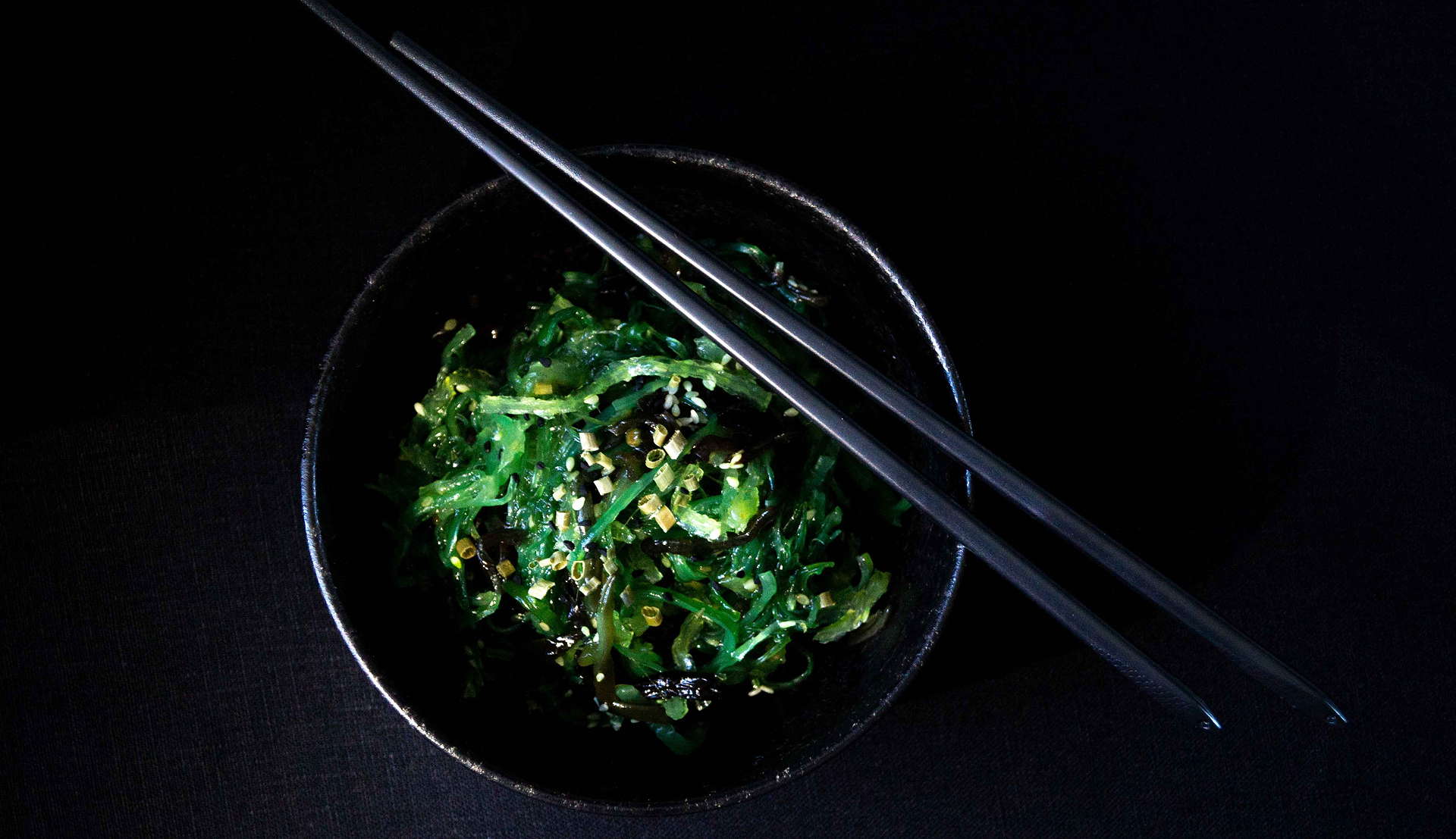
Why You Should Add Seaweed To Your Diet
Would it surprise you to learn that a superfood plant doesn’t need to be cultivated on land? Seaweed, one of the most sustainable crops, thrives without the need for freshwater or fertiliser. Often overlooked, seaweed boasts a rich umami taste and high nutritional value, making it an ideal candidate for those seeking healthier, vegan food options. Uncover the advantages of incorporating seaweed into your diets.
Crop production faces increasing stress due to climate change, water and resource scarcity, and soil degradation, among other detrimental factors. The Guardian highlights that we have lost 33% of the world’s land adequate food production. The pressure to feed 8 billion people worldwide has led us to look for alternative efficient food in the oceans. Seaweed grows in abundance, most of which are edible and healthy for humans. According to Dolfi Debrot, a marine ecologist at Wageningen University & Research, “There are approximately 48 million square kilometres of sea suitable for the cultivation of seaweed”. Countries like China, Korea and Japan incorporate the algae as part of their cuisine from ancient history to the present day. Now, the sea plant is finding its way into more homes and restaurant menus around the world.
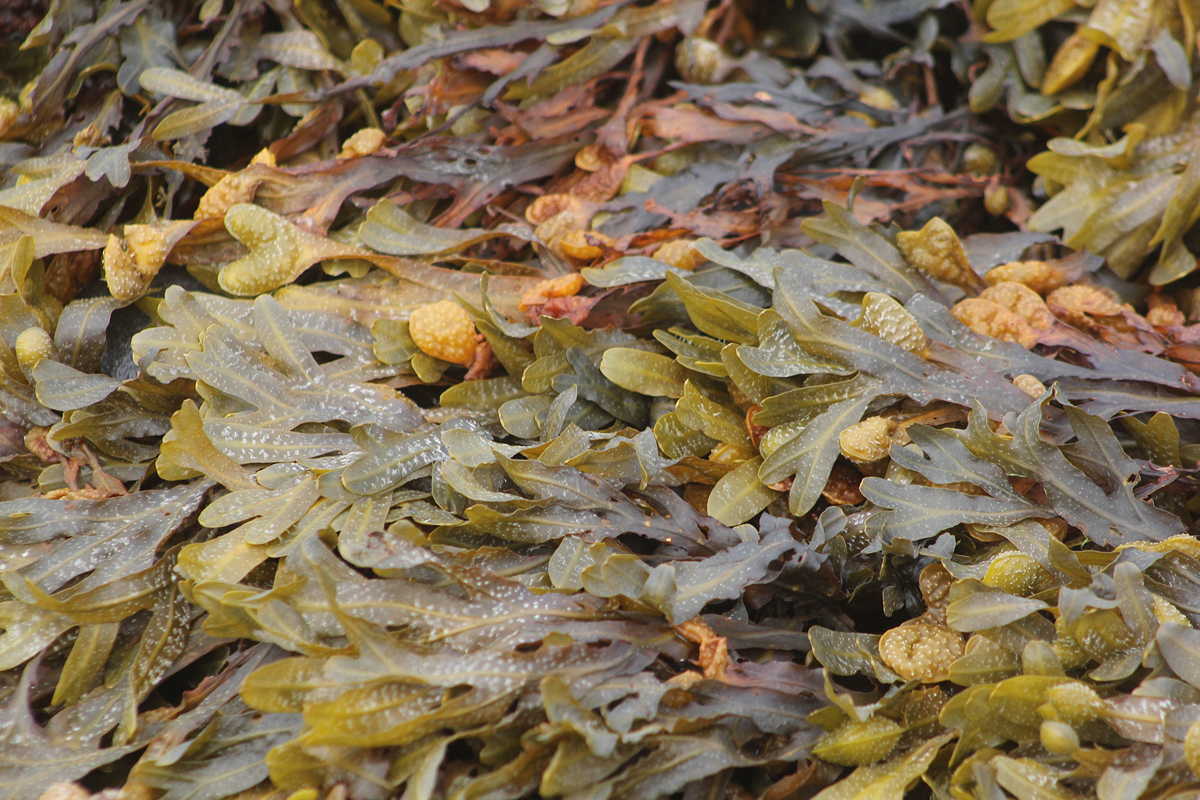
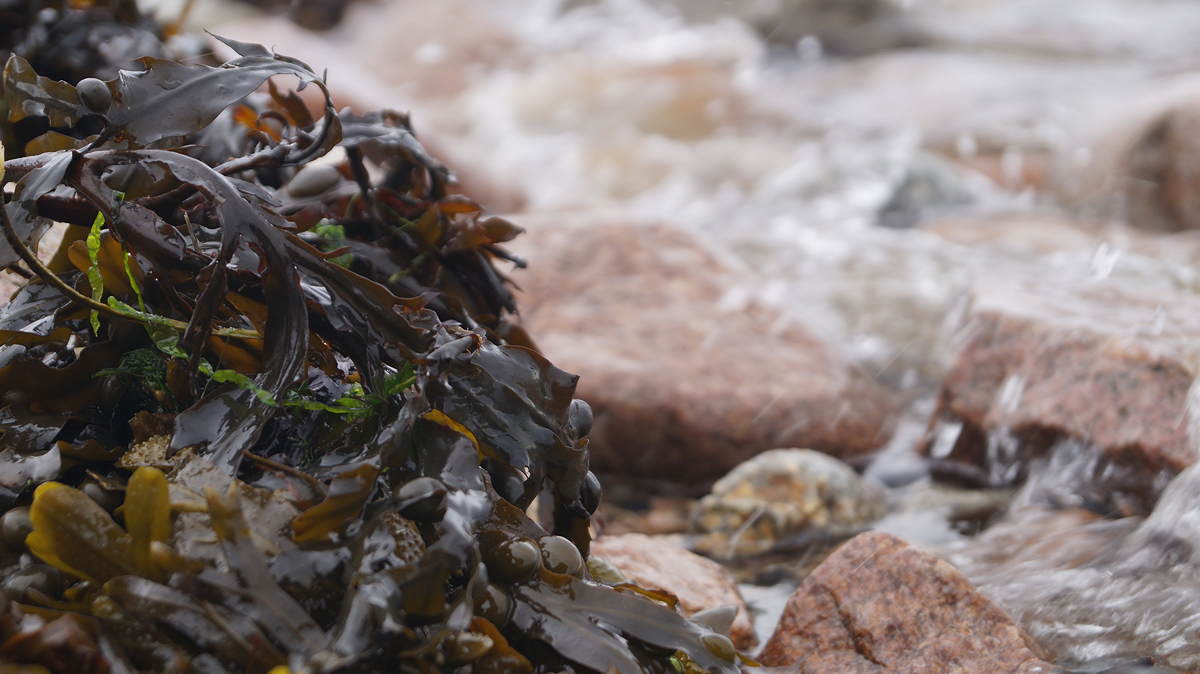
HOW NUTRITIOUS IS SEAWEED?
Seaweed is rich in omega-3 fats, and minerals like iodine, iron, and calcium. Also, it contains vitamins, including high levels of vitamin B-12. It is also a good source of fibre, carbohydrates, and antioxidants. Further studies find that the sea plant also has antidiabetic, anti-inflammatory, antibacterial and prebiotic functions. Seaweed is the superfood of the ocean. These properties may help prevent illnesses, promote a healthy body, and control body weight.
Importantly, the quality of protein in seaweed is superior to other plant-based proteins. Researchers found that most seaweed contains between 30-50% of protein, which is 75% digestible. The amino acid profile of the sea plant satisfies the requirements of the FAO and WHO. Specifically, the content of essential amino acids is like the one of eggs. To point out, seaweed is a general term. There are multiple types of seaweed and sea plants. For a further breakdown of the protein and nutritional contents of each variety of seaweed, we recommend visiting the study published in Future Foods journal.
IS THERE A RISK WHEN CONSUMING SEAWEED?
Clinical nutritionist Joannie Dobbs reminds us that the term superfood can be misleading. Our diet should not depend solely on seaweed but rather be used as a nutritious complement. Eating immoderate amounts of the algae can have detrimental effects. Healthline mentions the potential risk of an excess of iodine, which can be controlled by boiling seaweed. The University of Hawaii indicates that certain types of seaweed, like hijiki, can contain harmful amounts of arsenic and other minerals like cadmium or mercury. The study recommends nori and sea lettuce as healthy, iron-rich, seaweeds.
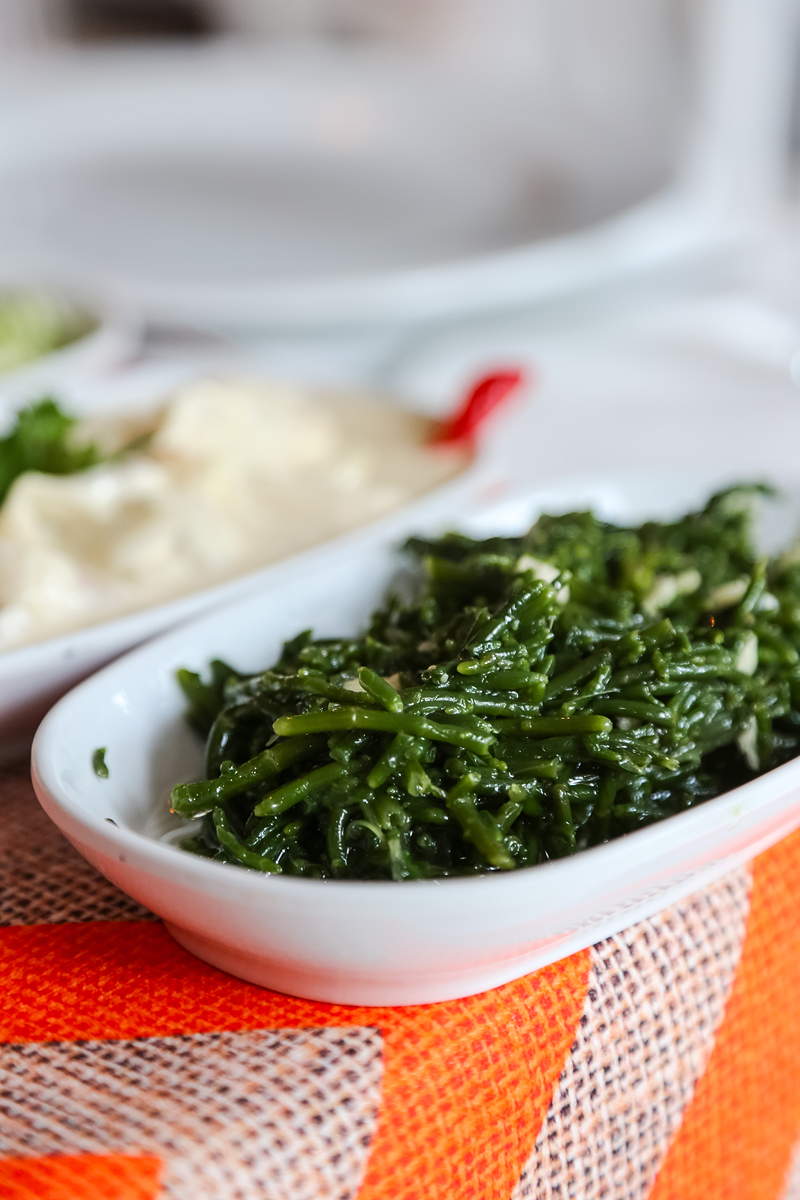
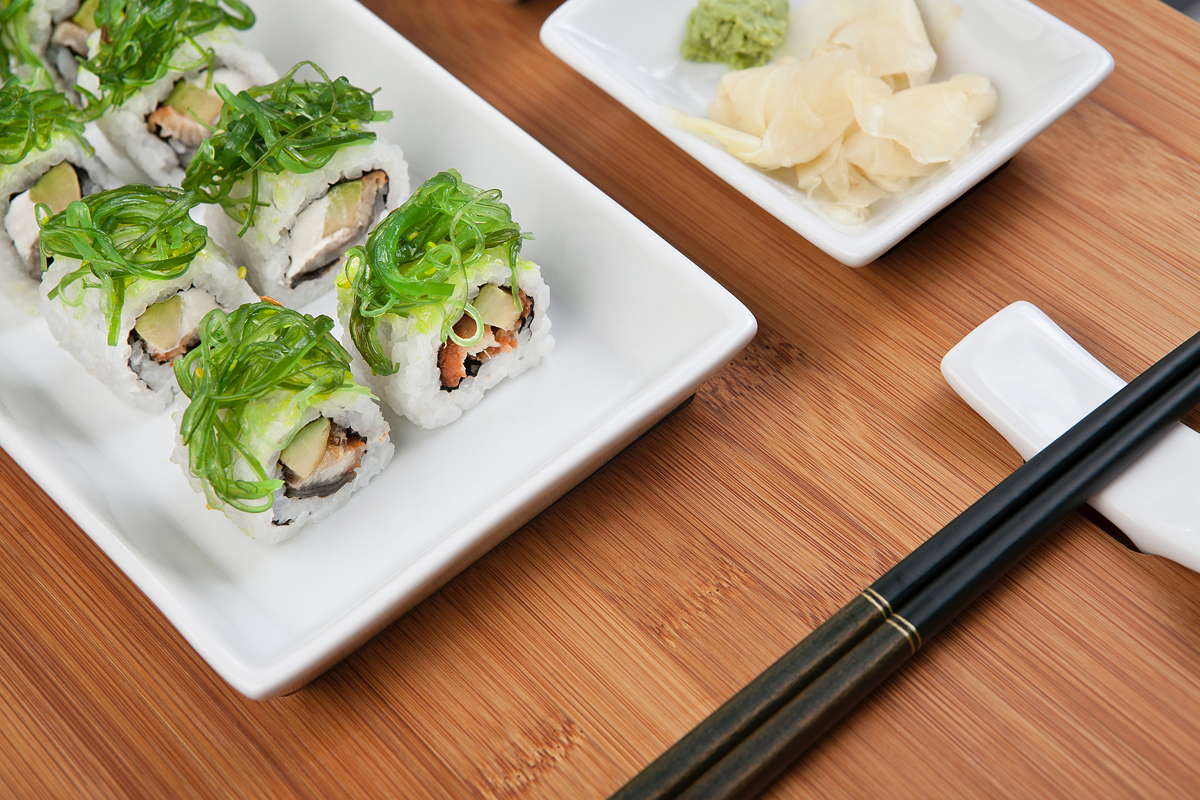
HOW SUSTAINABLE IS IT?
Seaweed can grow in a diversity of climates worldwide. The plant doesn’t require any arable land, freshwater, fertilisers, or pesticides. It gets everything it needs from the ocean and requires little maintenance. Since the sea plant grows vertically, it produces a high yield on limited land. Thankfully, Natural Habitat clarifies that 98% of the seaweed harvested is from farms, leaving wild beds intact and having a low impact on the ecosystem. Moreover, it removes carbon dioxide from the atmosphere and helps regulate ocean acidification. The way to support this natural process is by continuing to harvest seaweed exclusively from farms.
Nonetheless, we should remember that sustainability also depends on our practices. A study by the Bangladesh Oceanographic Research Institute shows that traditional, small-scale seaweed farms present a low risk. In contrast, unregulated large-scale farming can cause disease and parasites to spread, sedimentation, and affect the chemical and genetic characteristics of the environment. Equally important, introducing non-native seaweed species can impact the harmony of the ecosystem and provide shelter for more foreign species. Therefore, it is important to spread knowledge about the risks and benefits of upscaling seaweed farming, to promote research and policies that ensure environmental preservation.
FIND SEEWEED IN YOUR REGION
If seaweed sounds like an exotic, foreign plant, don’t worry; seaweed grows in almost all parts of the world. In fact, there are over 10,000 types of seaweed with diverse flavours. Sea lettuce is one of the most accessible sources growing globally. Kombu, widely eaten in Japan, also grows in Australia, the Scandinavian peninsula, and the Western Pacific areas of North America. Other varieties that thrive in East Asia and the Pacific include Nori, commonly used for sushi, Arame, and Wakame.
On the other hand, Dulse grows both in the Atlantic and Pacific, commonly found in Ireland, Scotland and some U.S. states like Maine and Oregon. It is lately found in lower altitudes like Spain, Portugal, or New Jersey. Salicornia is another versatile sea plant that can be found in South Asia, North America, South Africa, and the United Kingdom. In short, the sea plant can be found in most places and is becoming easily accessible in more supermarkets.
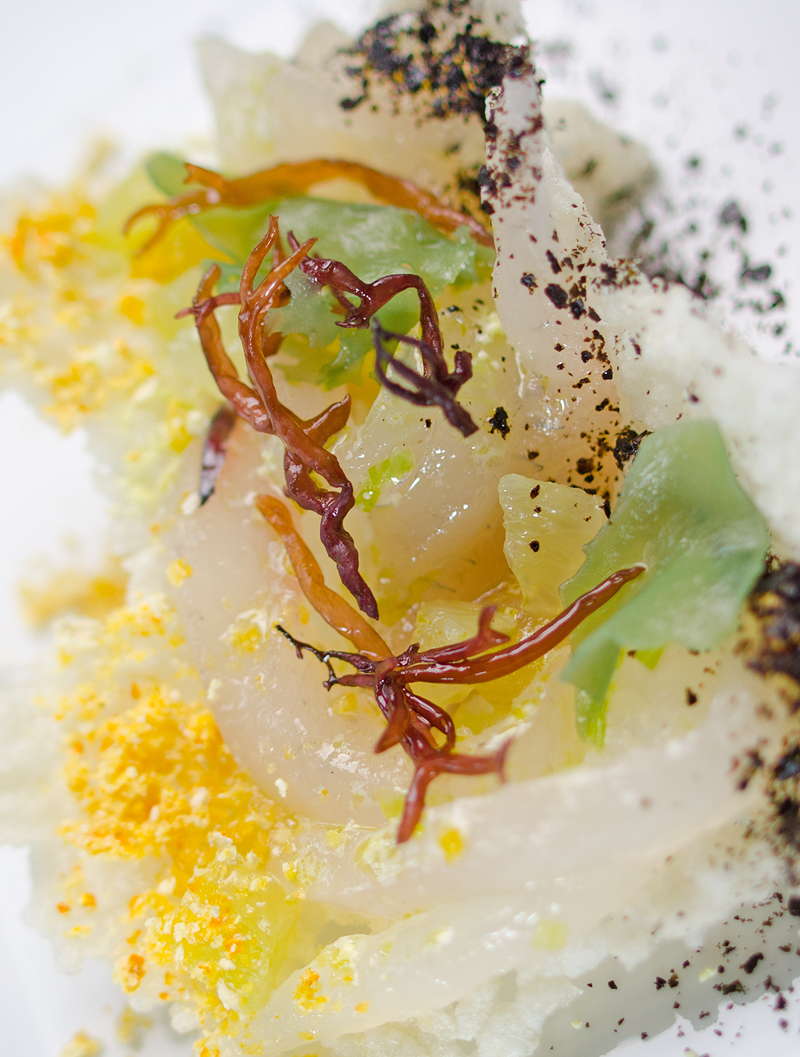
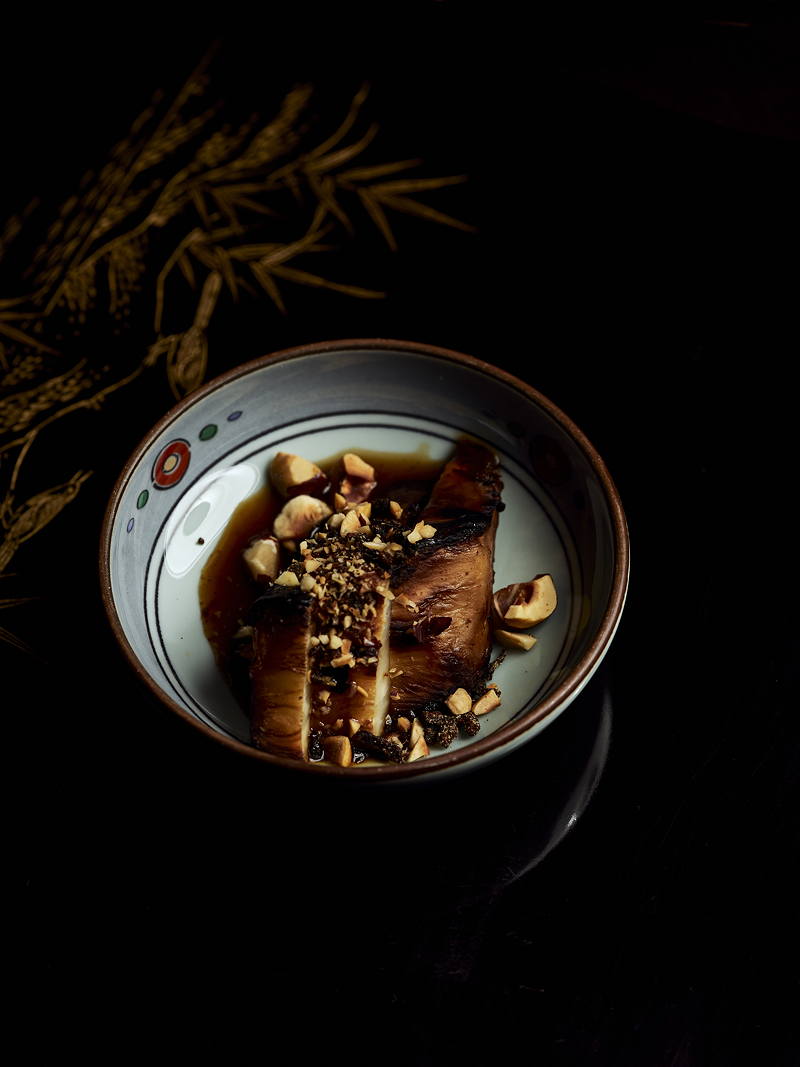
RESTAURANTS WITH SEAWEED IN THE MENU
While seaweed is rooted in East Asian culinary traditions, it is now spreading to restaurants globally. Chef Michael Ryan reflects his interest in Japanese cuisine in Provenance, a seasonally aware restaurant in Northeast Victoria, Australia. The building was once the Bank of Australasia, evident in its grand design of the dining room.
Wakuda, a Las Vegas restaurant, showcases the pioneering culinary techniques of two Michelin Star Chef Tetsuya Wakuda, who expertly uses seaweeds like kombu. The restaurant blends French and Japanese cuisine, and the dishes embody the Japanese concept of “shun,” which emphasises local, seasonal food at its peak flavour and freshness. Tetsuya is another fine-dining experience by the same creator for those in Sydney.
Furthermore, in Boragó, Chef Rodolfo Guzmán champions native Chilean produce, inspired by indigenous hunter-gatherer cultures in Chile and Argentina. The restaurant incorporates seaweed in seamless ways, highlighting the umami taste.
In New York City we find Atomix, which showcases the innovative cuisine of Chef Junghyun Park and his wife and co-owner Ellia Park. Inspired by Korean traditions and techniques, the restaurant delivers a combination of original flavours and textures.
Next, Aponiente, renowned for promoting sustainable fishing practices and preservation of the ocean, is always innovating with sea products. Chef Ángel León creatively incorporated the sea plant into his culinary creations by making seaweed gummies.
Finally, Chef Jang Jinmo is revolutionising our view on what can be done with seaweed. At Antitrust, in Seoul, the chef blurs boundaries between everyday dishes and fine dining with his celebrated seaweed noodles.
Highlight Image:
© Dilara Yilmazi via Unsplash
+ Words:
Francesco Witt
Luxiders Magazine








